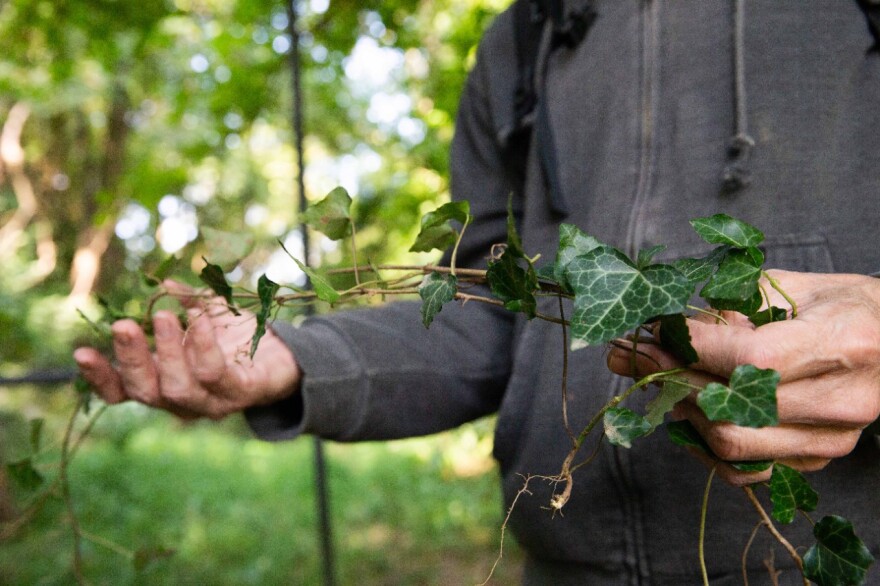What do the lizard's tail, prairie mimosa and the lance-leaf buckthorn have in common? They are all plants UC Biologist Denis Conover has identified as part of the latest Cincinnati plant survey. He says there have been some pretty dramatic changes since the first such survey in the mid-1800s.
When Botanist Thomas Lea went looking for plants in the 1840s, he did it in Northside and Cumminsville on the Ludlow estate and others. What was most striking were the wetlands where hundreds of lady slipper orchids bloomed. "It was a very different place then, just a few decades after Cincinnati was founded," says UC Biologist Eric Tepe, who is working with Conover to log plants now.
Lea identified 714 species in 1844. His work was published posthumously in 1849. Many of his plant samples are in Pittsburgh. Tepe oversees the plant specimens (herbarium) in Cincinnati.
Botanist Lucy Braun did a survey in 1934 retracing Lea's steps and found nearly 8% were extinct. By this time, Cincinnati was more developed and the bogs had disappeared. She logged more than 1,700 plant species, publishing in the journal The American Midland Naturalist.
"The rich collecting grounds of 1840 are the factory sites of today. habitats briefly described in words and amply demonstrated in specimens are utterly destroyed and with them, their characteristic flora," Braun lamented.

The current plant survey is still underway and Conover is finding new plants and trees at Spring Grove Cemetery and Mill Creek, where he is looking. Both areas have untouched areas of forest. "A lot of the plants are easiest to identify when they are in flower so that means going out during the entire growing season which basically starts in the end of February and then goes up until the first frost," he says.
Some of his notable discoveries:
- Short's aster
- bladder nut
- marsh marigold
- red mulberry
- spring cress
- great Indian plantain
- 300-year-old American beech and sycamore trees
He is concerned about the increase of nonnative invasive species like the Amur honeysuckle, which he pointed out in an earlier WVXU story.

Conover anticipates completion of the survey will take another year. His partner Tepe wonders what the next survey will look like. "We're trying to document conditions and the plants we have now and 100 years from now, things might be different, with climate change and further human development," he says.



